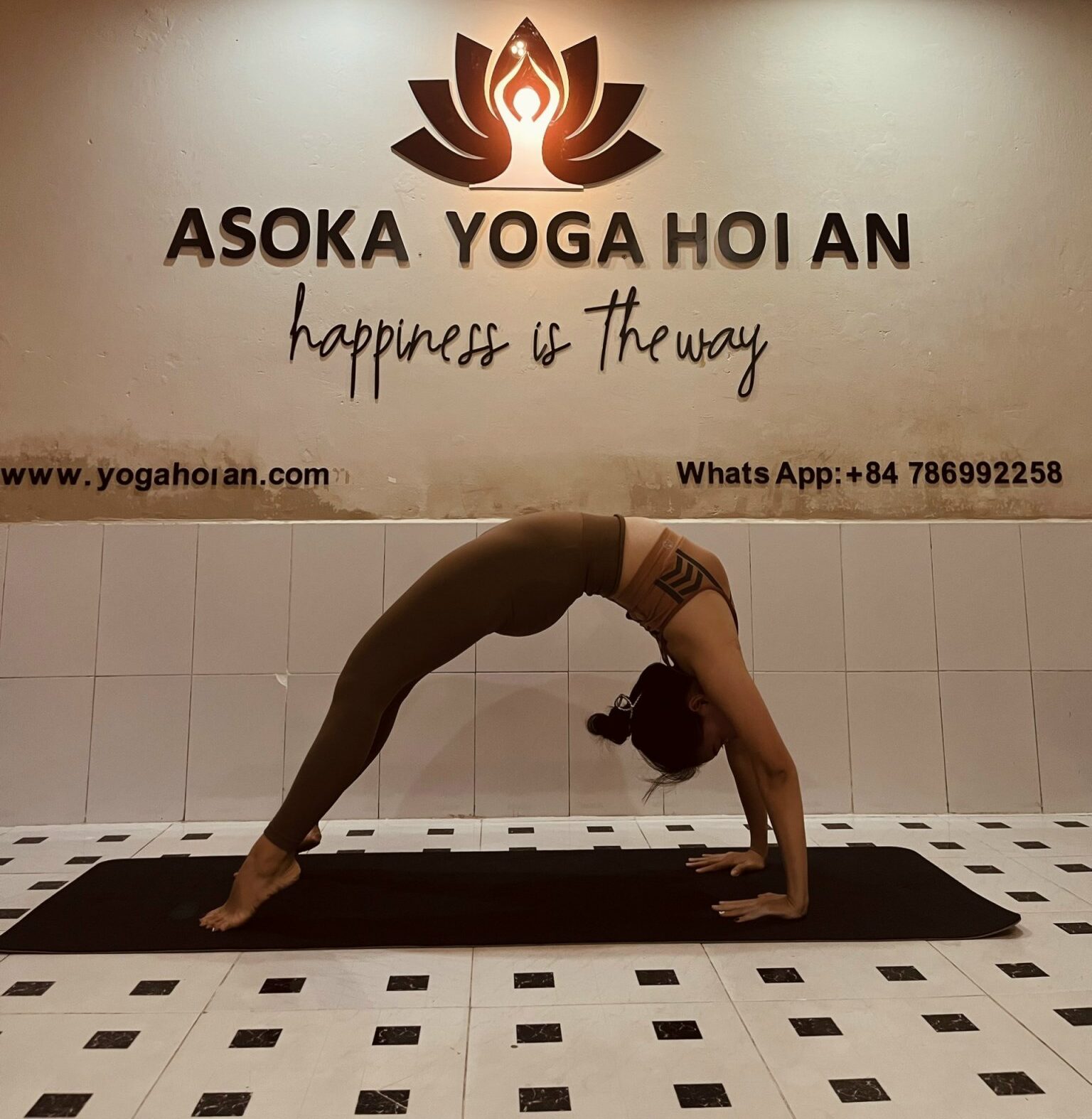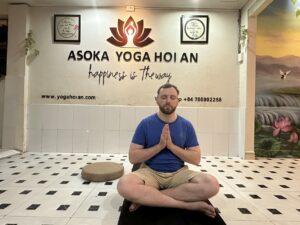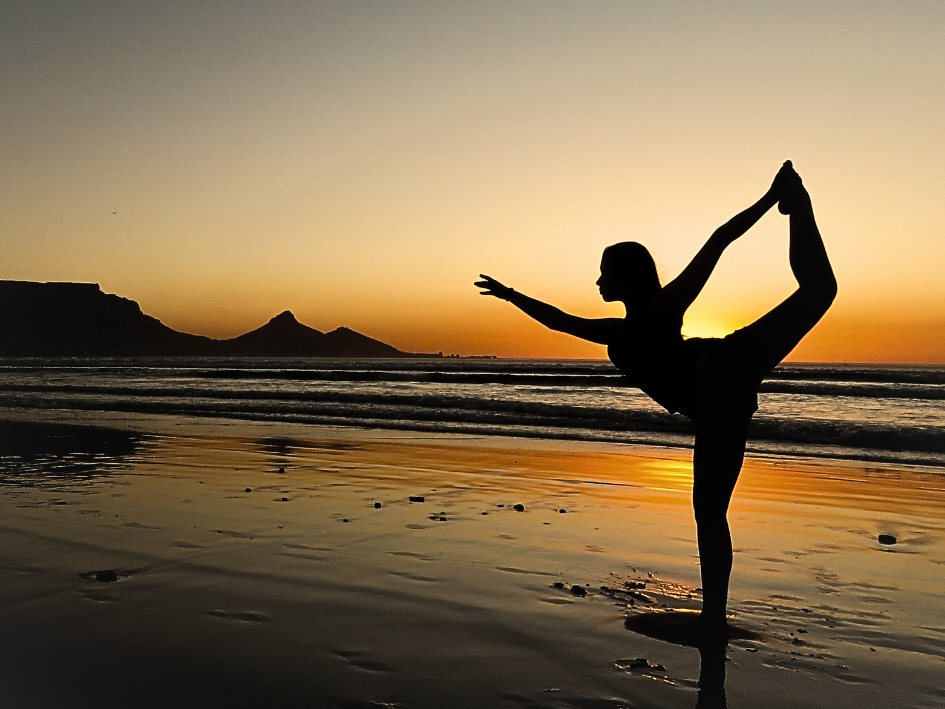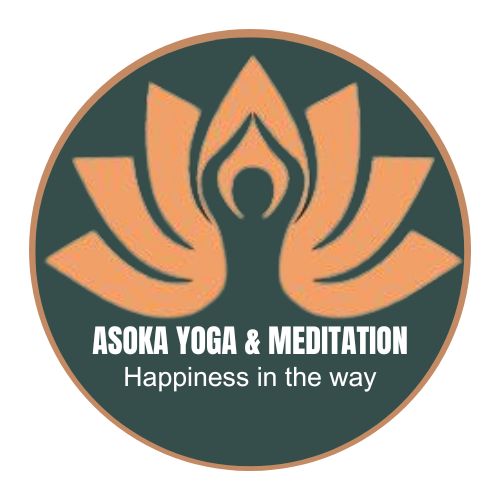
What is it Yoga and who can practice Yoga?
Yoga is a group of physical, mental and spiritual exercises that originated in ancient India. Yoga is one of the six Astika (mainstream) schools of the Indian philosophical tradition.
Anyone who wants to improve their health, well-being, and happiness can practice yoga. Yoga is not limited by age, gender, religion or circumstances. Yoga is a universal practice that can benefit everyone.
There are many types of yoga, such as Hatha, Vinyasa, Bikram, Ashtanga, Iyengar, etc. Each type of yoga has its own characteristics, benefits and challenges. Some types of yoga are more suitable for beginners, while others are more advanced.
If you want to learn more about yoga, you can see more content below from Asoka Yoga & Meditation 🙏
Ashtanga Yoga
Ashtanga Yoga is a type of yoga that includes a series of postures linked by breath and movement. It is based on the eight limbs of yoga, which are moral and spiritual guidelines for living a balanced and harmonious life. Ashtanga Yoga is a challenging and dynamic practice that can improve your physical and mental health.
Ashtanga Yoga has six levels of difficulty, each level has a fixed sequence of poses. The first level is called the Main Sequence, which focuses on detoxifying the body and aligning the spine. The second level is called the Intermediate Sequence and it introduces more backbends and inversions. The third to sixth levels are called the Advanced Series and they require high levels of strength, flexibility and focus.


Ying Yoga
Yin Yoga emerged as a gentle yet profound modality that focuses on stillness, deep relaxation, and nourishment of connective tissue. Yin Yoga offers a unique and contemplative approach to happiness.
At the heart of Yin Yoga is a deliberate departure from the fast-paced, dynamic sequences often associated with other yoga styles. In Yin Yoga, postures are performed for long periods of time, often three to five minutes or even longer. This long hold allows the practitioner to sink into a state of deep relaxation. As the body stabilizes in each pose, the mind follows suit and a feeling of peace will appear. Yin Yoga becomes a sanctuary, where the hustle and bustle of daily life brings profound stillness, cultivating mental and physical rejuvenation.
While many other yoga practices focus on moving the muscles, Yin Yoga focuses attention on connective tissues, tendons, ligaments and fascia. By holding the pose for long periods of time, gentle pressure applied to these tissues promotes joint flexibility and suppleness. Yin Yoga becomes a therapeutic journey, encouraging a subtle yet transformative release in the body.
Stress Reduction: The Power of Stretching Poses
As a practice rooted in the art of holding and releasing, Yin Yoga becomes a transformative experience, a gentle yet effective medicine for those seeking balance, flexibility and stillness in their lives. both body and mind. Step onto your mat, embrace stillness, and let Yin Yoga guide you on a journey of deep relaxation and total well-being.
Vinyasa Yoga
In the field of yoga, Vinyasa stands out as a dynamic and energizing practice that pushes the boundaries of traditional postures. With its seamless combination of movement and breath, Vinyasa Yoga becomes a powerful catalyst for enhancing cardiovascular health, building strength and endurance, and cultivating a deep connection between mind and body. The focus of Vinyasa Yoga is its ability to improve cardiovascular fitness. The practice takes place in a continuous, flowing sequence of postures, synchronized with deep, intentional breathing. Vinyasa Yoga stimulates the heart and circulatory system, increasing blood circulation and providing oxygen to the body. Vinyasa Yoga is not a fixed practice. It is a journey of constant movement. Transitioning from one pose to another becomes a seamless flow, challenging the body to build strength and endurance. Every moment in Vinyasa Yoga contributes to developing muscle strength.


